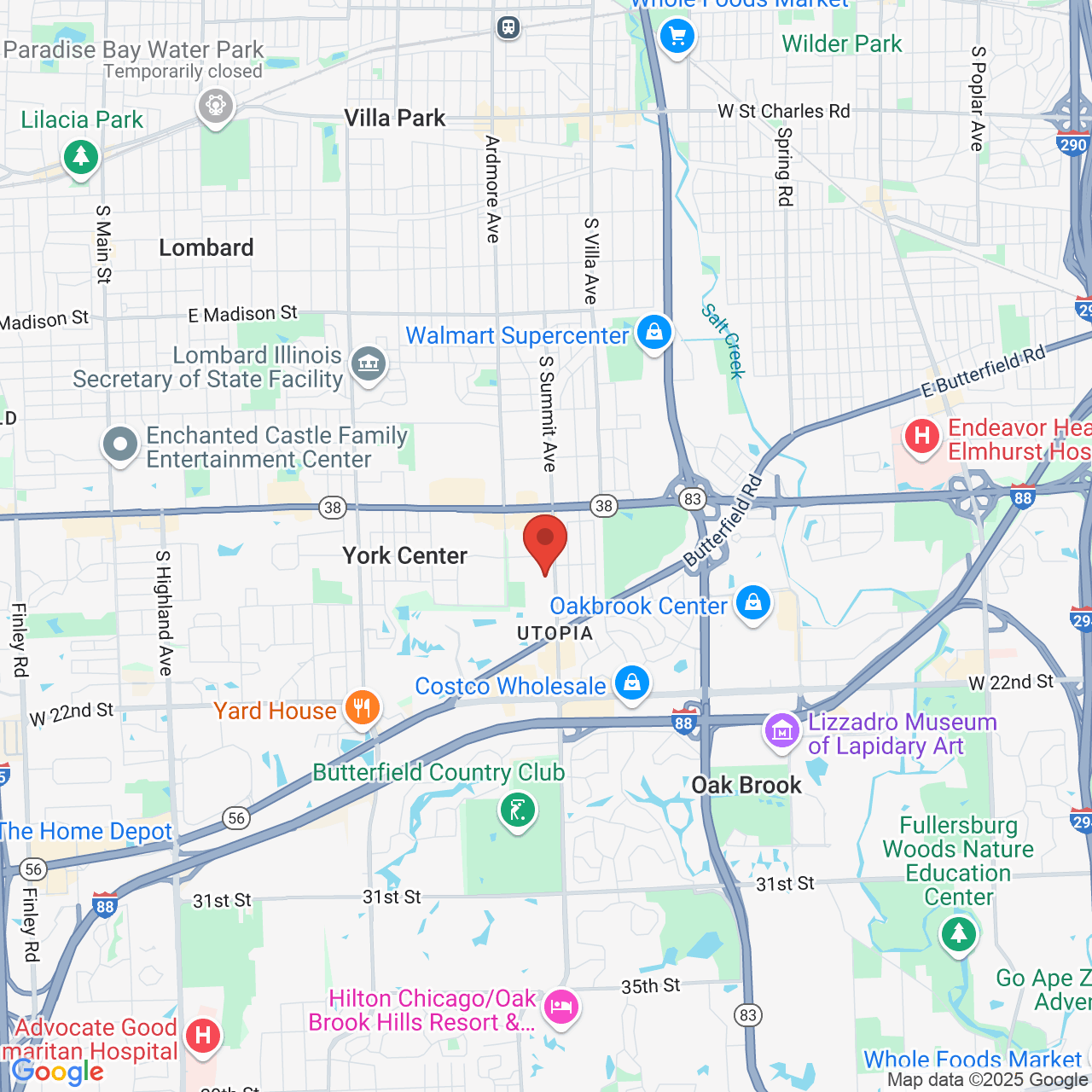Seven Hair Loss Retreatment Methods to Repair Older Techniques
 Older surgical techniques for hair loss may leave patients with poor and unnatural looking results. New surgical techniques allow us to achieve the most natural looking results. Dr. Raymond J. Konior has nearly 30 years of experience in hair restoration and can perform hair loss retreatment to repair older techniques for patients in Chicago, IL. There are several different hair loss retreatment options available, and the method used will depend on a variety of factors.
Older surgical techniques for hair loss may leave patients with poor and unnatural looking results. New surgical techniques allow us to achieve the most natural looking results. Dr. Raymond J. Konior has nearly 30 years of experience in hair restoration and can perform hair loss retreatment to repair older techniques for patients in Chicago, IL. There are several different hair loss retreatment options available, and the method used will depend on a variety of factors.
1. Graft Camouflage
For patients whose initial surgery resulted in a “pluggy” look, Dr. Konior may use follicular unit extraction (FUE) or follicular unit transplantation (FUT) to camouflage the original grafts. To qualify for this method, patients must have adequate donor hair.
2. Graft Excisions
In some cases, removing, or “excising,” the existing grafts that resulted in the pluggy appearance is the best approach. This is often the preferred method among men who had restoration at the crown and then lost hair in other areas.
3. Graft Excision and Re-implantation
For those who do not want a bald look, Dr. Konior may combine the excision with re-implantation. This process involves the dissection of the initial pluggy grafts into more natural follicular units. Those units are then re-implanted to create a more natural appearance.
4. Staged Graft Excisions
When a patient has undergone multiple hair restoration procedures, the above options are not always possible. In this case, Dr. Konior may recommend a staged process. In the first stage, the initial grafts are removed. A few months later, the patient can then undergo transplantation.
5. Graft Excision and Hair Transplantation
In some cases, Dr. Konior can remove the worst plugs and fill in those areas with FUE or FUT transplants. This can achieve a more natural look without the removal of all the initial plugs.
6. Forehead Advancement
Men who have previously undergone hair restoration and were left with an unnaturally low hairline are typically good candidates for forehead advancement. Dr. Konior can excise one or more of the pluggy grafts at the front of the hairline. These grafts are replaced with hair transplants that camouflage the incision and create a more natural hairline.
7. Correction of Sagittal Grafts
Sagittal grafting was a previous technique that implanted the grafts at an improper, perpendicular angle, resulting in a “see-through” appearance. To correct these grafts, Dr. Konior can place new grafts at a deeper angle to camouflage the older grafts and create more density.
Find Out Which Retreatment Method Is Right for You
If you have previously had hair restoration done and have been unsatisfied with your results, you may be a good candidate for one of the above retreatment methods. Contact our office today to schedule a consultation with Dr. Konior. He will evaluate your hair and scalp to determine which method will provide you with the most natural results.





